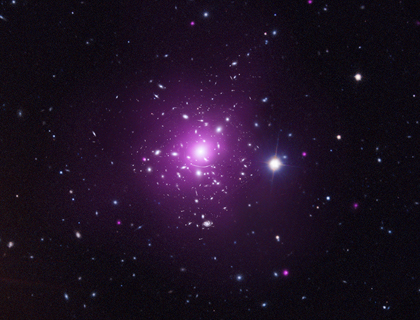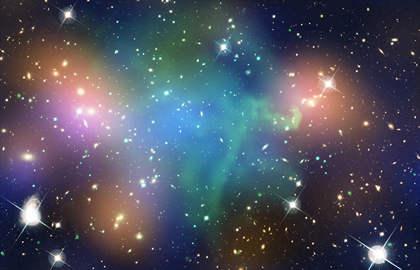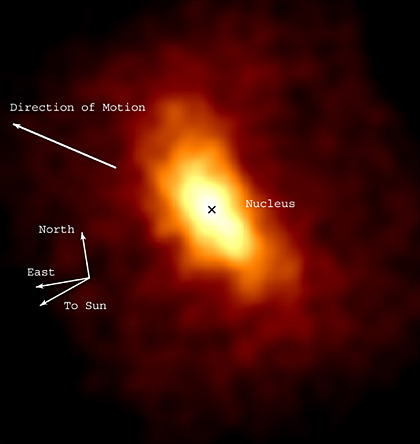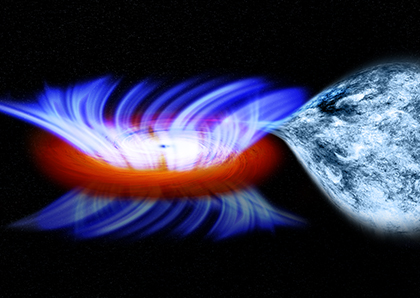Q and A of the Day: Anti-Dark Matter?
Submitted by chandra on Tue, 2012-03-20 13:09Since we've had a couple of stories on dark matter recently, we wanted to feature some Q and A's we've received on the topic over the years.
Q: Is it possible for the existence of an 'anti-dark matter?' It was long predicted for the existence of anti-matter in theory so it seems plausible to me.










